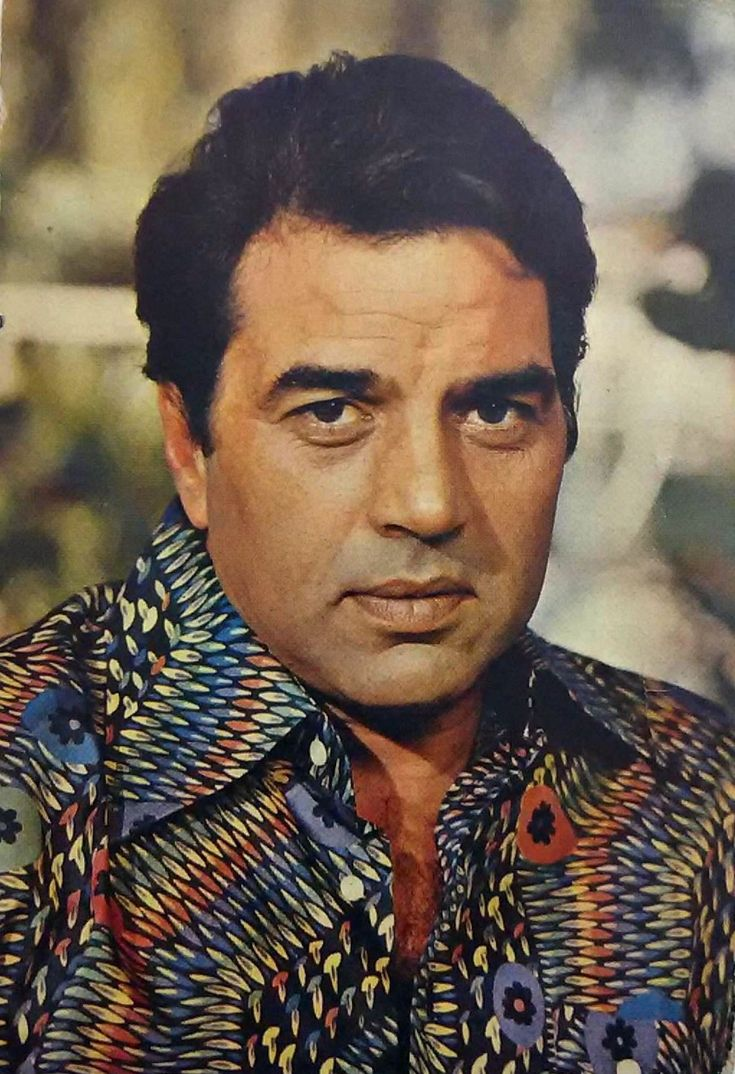Today, the film-world grieves the loss of one of its most iconic stars. Dharmendra passed away on 24 November 2025, at the age of 89, at his residence
Today, the film-world grieves the loss of one of its most iconic stars. Dharmendra passed away on 24 November 2025, at the age of 89, at his residence in Mumbai. His death marks the end of a golden era in Hindi cinema, leaving behind a legacy defined by strength, charm, versatility — and the moniker of Bollywood’s “He-Man.”
1. The Final Moments: Cause & Circumstances of His Demise
Dharmendra’s health in recent weeks reported difficulties. He was admitted to hospital in Mumbai for breathing issues and was under medical supervision. AP According to reports, he passed away peacefully at his home after a brief illness. The exact medical cause beyond a “month-long illness” has not been publicly detailed. Tributes poured in from across India; the Prime Minister described his death as “the end of an era.”
His funeral proceedings saw the gathering of actors and industry colleagues paying respects, as the film fraternity reflected on one of its patriarchs.
2. Who Was Dharmendra? From Village Boy to Silver-Screen Titan
Born Dharmendra Kewal Krishan Deol on 8 December 1935 in Nasrali (Ludhiana district), Punjab, he emerged from humble agrarian roots — his father a school-headmaster in a Punjabi village.
In 1960 he made his screen debut with Dil Bhi Tera Hum Bhi Tere and over the next decades built a career that would span more than six decades and over 300 films.
What set him apart:
A rare combination of rugged masculinity and romantic hero charm, which earned him the nickname “He-Man.”
The ability to command the screen in action, romance, comedy and drama — making him one of the most commercially successful actors of his time. His on-screen chemistry and off-screen aura made him a peerless heart-throb, yet he never shied away from sturdy action roles or character parts.
He wasn’t just “a star” — in the 1970s and 1980s he anchored the Hindi film industry. Many of his films defined popular cinema for entire generations.
3. The Rise, the Reign, the Transition
Early years & breakthrough
While his debut in 1960 was modest, by the mid-1960s he began getting noticed with films like Anpadh (1962) and Bandini (1963) — both critically respected. The big shift came with commercially successful pictures in the late-1960s.
Peak years: 1970s
By the 1970s, Dharmendra had become a force:
In 1971 his film Mera Gaon Mera Desh became an all-time blockbuster and established his action-hero dominance.
In 1975, he starred in the cult classic Sholay opposite Amitabh Bachchan — one of the most influential films in Indian cinema. Wikipedia
He delivered successive hits and maintained his status as one of the top actors in Hindi cinema throughout the decade.
Late career & character roles
From the late-1980s and into the 1990s and beyond, he gracefully transitioned from being the leading man to taking on character roles and supporting parts. Wikipedia He remained relevant, showing versatility and longevity.
4. Why the Nickname “He-Man”?
The tag of Bollywood’s He-Man was rooted in multiple factors:His physique: At the height of his stardom, Dharmendra’s muscular build, shirt-off scenes (notably in films like Phool Aur Patthar) became legendary. Wikipedia
His heroic image: Many of his action roles portrayed the strong, righteous, dashing male lead.
His screen presence: He combined good looks (“the most handsome man in Bollywood” has been said) with a rugged charm and ease. Wikipedia+1
His ability to carry both romantic and action films equally well gave him rare versatility among his contemporaries.
Thus the moniker captured both the physical image and the cinematic hero-aura he projected.
5. Filmography Highlights
With over 300 films, listing them all would be impossible here — but some landmark titles illustrate the breadth and depth of his career:
Dil Bhi Tera Hum Bhi Tere (1960) – debut.
Mera Gaon Mera Desh (1971) – established action-hero status.
Seeta Aur Geeta (1972) – showcased his comic as well as dramatic range.
Sholay (1975) – a cultural phenomenon.
Hukumat (1987) – one of his later big hits.
Later films in character roles: Life in a… Metro, Apne, etc.
His filmography spanned genres — romance, action, comedy, drama, even regional films. The variety and number of his works contributed to his “legend” status.
6. Awards & Honours
Though Dharmendra never won a Best Actor Filmfare award, his contribution was widely recognised:
In 1997, he received the Filmfare Lifetime Achievement Award.
He was awarded the Padma Bhushan (India’s third highest civilian honour) in 2012 for his contribution to Indian cinema.
Multiple nominations for Filmfare Best Actor and Best Supporting Actor through his career.
7. Legacy: What He Leaves Behind
Dharmendra’s legacy runs deep:
He helped define what a mainstream Hindi film star looked and behaved like in the 1970s-80s — strong, romantic, likeable and versatile.
His films remain popular and are part of Indian popular culture to this day.
For younger generations of actors and filmmakers, he remains an inspiration for longevity and adaptability in an ever-changing industry.
His title of “He-Man” symbolises more than physique — it stands for a certain era of Indian cinema where the hero could be muscular, daring, emotional, witty and loved by millions.
8. A Personalised Farewell
As fans, as admirers of cinema, today we bid farewell to Dharmendra not just the actor — but the young boy from Punjab who dared to dream big; the star who carried the weight of popular cinema on his shoulders; the man who brought laughter, tears, adrenaline and romance to the screen in equal measure.
He will be remembered for that un-erasable smile, that indomitable screen presence, that unforgettable physique, and above all — the hearts he touched.
Goodbye, He-Man. The era you defined may have ended, but the memories you created will continue to live in reel and real lives alike.



COMMENTS